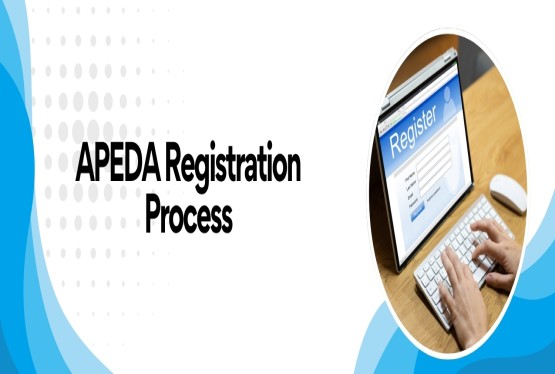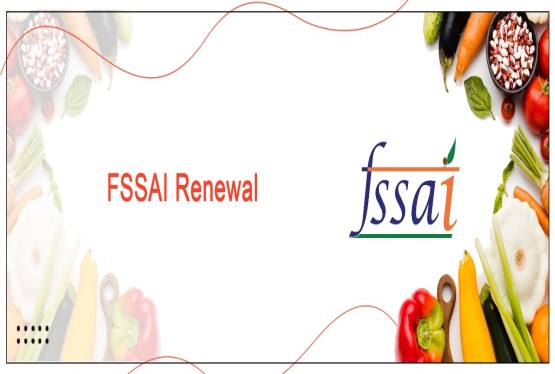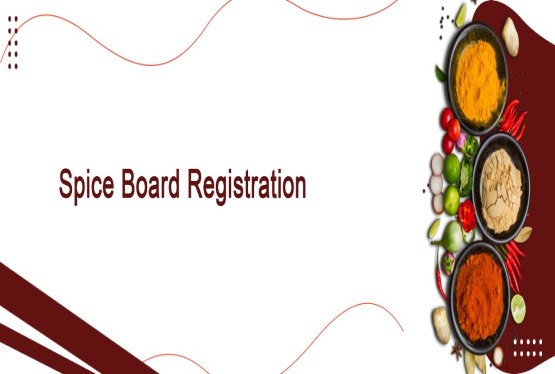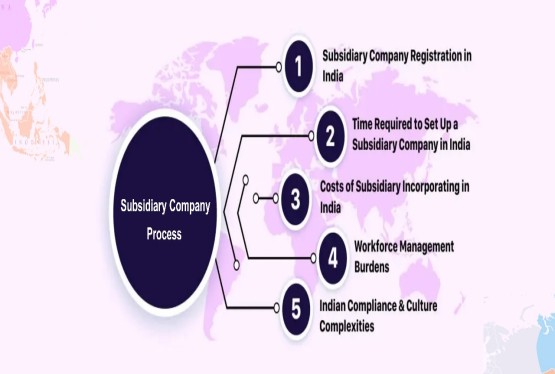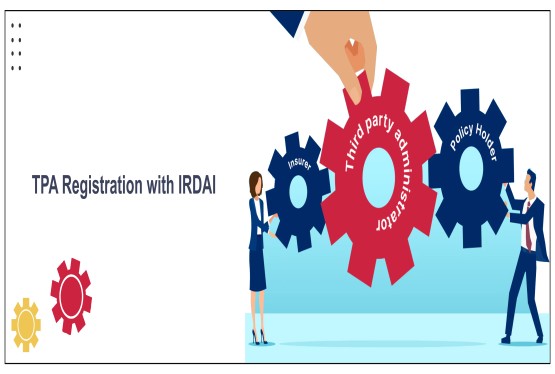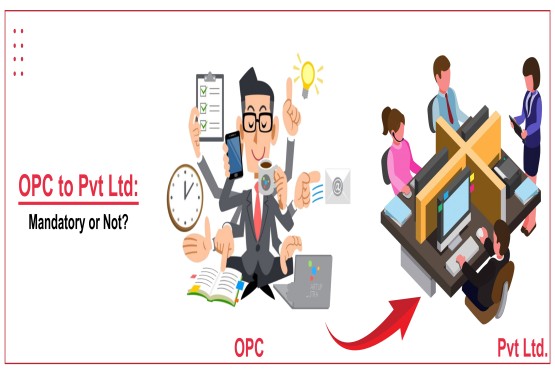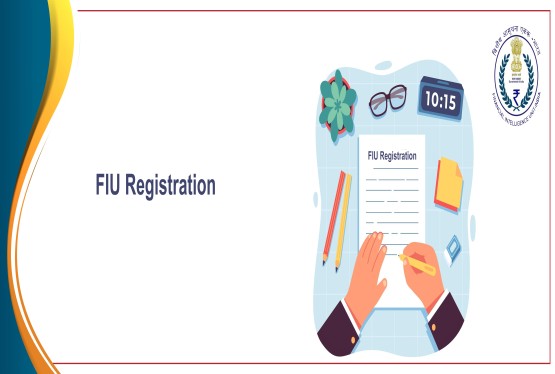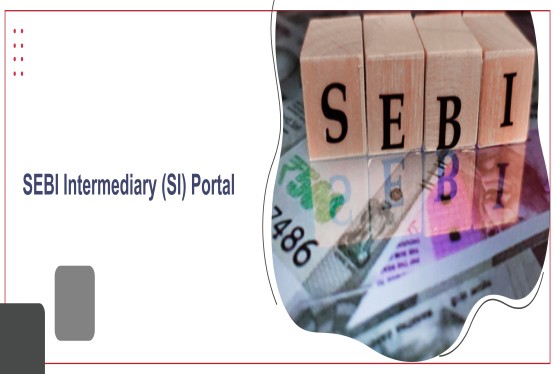The Food Safety and Standards Authority of India (FSSAI) has taken a major step toward improving food quality and safety by releasing a draft regulation titled FSSAI Sets Standards for Cheese Powder. This draft was published on June 4, 2025, under the Food Safety and Standards (Food Products Standards and Food Additives) Amendment Regulations, 2025, which proposes clear guidelines for cheese powder—a widely used food ingredient in processed products. This move aims to remove ambiguity, promote product consistency, and ensure consumer safety.
Until now, cheese powder had no specific standards under Indian food regulations. Its growing usage in snacks, seasonings, ready-to-eat meals, and bakery items created an urgent need for quality and safety parameters. With this proposed regulation, FSSAI has addressed this gap, giving manufacturers, food processors, and retailers a clear framework for compliance.
Product Specification for Cheese Powder
The FSSAI Sets Standards for Cheese Powder draft introduces a complete specification for defining, producing, labeling, and marketing cheese powder in India. Cheese powder is a popular food additive made by drying cheese or cheese slurry. It helps enhance flavor in various products while increasing shelf life and reducing transportation issues.
The lack of specific food standards often leads to inconsistency in quality and mislabeling. With this draft, FSSAI ensures that cheese powder meets minimum quality benchmarks. This includes limits on moisture, salt, and fat content, along with clear guidelines on raw materials, additives, and hygiene.
Important Provisions in the Draft Standards
The draft regulation outlines several key provisions related to cheese powder, including:
-
Definition of cheese powder and cheese slurry
-
Requirements for milk fat, moisture, and salt
-
Approved ingredients and permitted raw materials
-
Limitations on additives and hygiene compliance
-
Labeling and testing standards
These provisions will have a direct impact on manufacturers, packagers, and processors using cheese powder or dairy analogues in their products. Businesses will now be held to uniform production and quality norms, reducing consumer risks and unfair trade practices.
Definition, Composition & Ingredients
According to the draft, cheese powder is defined as a dried product made from either cheese or cheese slurry. Cheese powder must appear white or cream-colored and may have a slightly greenish tint, which is natural for certain dairy products. The texture should be fine and free-flowing, with no solid lumps. However, breakable lumps due to storage conditions are acceptable. The product must be free from scorched or burnt particles.
Cheese slurry, used as a raw material for cheese powder, is made by grinding cheese curds. It may contain additional dairy fats such as milk, cream, or butter oil. This mixture is ripened for 2 to 3 weeks to develop the characteristic cheese flavor before it is dried into powder.
The draft specifies the composition requirements of cheese powder as follows:
Milk Fat (minimum, on dry basis): 40.0%
A minimum of 40% milk fat ensures the cheese powder retains its creamy richness. It enhances flavor, texture, and nutritional value. This standard preserves the authentic taste of cheese in the powder form.
Moisture (maximum): 5.0%
Limiting moisture to 5% reduces the risk of microbial growth. It helps maintain product stability and extends shelf life. Low moisture also ensures the powder remains free-flowing and dry.
Salt (as Sodium Chloride, maximum): 5.5%
Restricting salt content to 5.5% ensures consumer health safety. It controls sodium intake while preserving flavor and shelf life. This balance helps prevent over-salting in processed foods.
The draft also mentions the approved ingredients that may be used in cheese powder production. These include:
-
Potable Water: Used for processing and cleaning, it must meet drinking water quality standards.
-
Sodium Chloride (Common Salt): Added for taste, flavor, and preservation.
In terms of raw materials, only the following are permitted:
-
Cheese: Must be safe and of good quality.
-
Cheese Slurry: Properly ripened and prepared under hygienic conditions.
Additives, Contaminants, and Hygiene Norms
The draft mandates that only approved food additives listed in Appendix ‘A’ of the Food Safety and Standards Regulations may be used in cheese powder. Moreover, these additives must be used within the prescribed limits to prevent any adverse health effects. In addition, cheese powder must meet all requirements under the FSS (Contaminants, Toxins, and Residues) Regulations, 2011, which ensures that the product is free from harmful substances such as pesticides, heavy metals, or microbial toxins.
Regarding manufacturing standards, food business operators must follow:
Schedule 4 of the FSS (Licensing and Registration of Food Businesses) Regulations, 2011
This schedule outlines the general hygienic and sanitary practices that must be maintained during production, handling, packaging, and transport.
Appendix ‘B’ for microbiological standards
This ensures that the product is free from harmful microorganisms such as E. coli, Salmonella, and Listeria, which can pose serious health threats. By enforcing strict additive and hygiene norms, FSSAI aims to protect consumers from contaminated or adulterated products while creating a level playing field for manufacturers.
Labelling and Testing Requirements
Labeling plays a key role in helping consumers make informed choices. Under the draft, all cheese powder products must comply with the FSS (Labelling and Display) Regulations, 2020. These rules ensure that the label includes:
-
The correct name of the product
-
Net quantity
-
Ingredient list
-
Nutritional information
-
Storage instructions
-
Manufacturer details
-
License number
-
‘Best Before’ or expiration date
FSSAI also mandates that testing must be done using approved methods published in the official FSSAI laboratory manuals. This step ensures consistency in results and provides a standard procedure for regulatory inspections and quality checks. Proper labeling and testing enhance transparency and consumer confidence while enabling traceability in case of any food safety incidents.
Implications for Food Businesses
The introduction of the FSSAI Sets Standards for Cheese Powder has significant implications for the food industry. Manufacturers, processors, and packagers will need to:
-
Review their current formulations to ensure they meet the minimum fat, salt, and moisture requirements.
-
Revise hygiene protocols in production units to comply with Schedule 4 and microbiological standards.
-
Update product labels in line with FSSAI’s 2020 Labelling Regulations.
-
Ensure testing laboratories use only FSSAI-approved methods for analysis.
Businesses using dairy analogues in their processed food items—such as snack coatings, seasonings, or sauces—must especially stay updated, as this standard directly affects product categorization and shelf labeling. Non-compliance with these standards may lead to product recalls, penalties, or cancellation of licenses, making it important for stakeholders to act swiftly.
How to Submit Feedback on the Draft?
FSSAI has invited comments and suggestions from stakeholders including manufacturers, food associations, and consumers. Feedback must be submitted within 60 days of the draft’s release (June 4, 2025).
Suggestions can be sent to:
By Email: regulation@fssai.gov.in
By Post:
Chief Executive Officer
Food Safety and Standards Authority of India (FSSAI)
FDA Bhawan, Kotla Road,
New Delhi – 110002
The submission must follow the prescribed format, mentioning the section number, suggested revision, justification, and contact details. This feedback process ensures transparency and participation from the industry and the public before final implementation.
Broader Amendments in the Notification
Alongside the cheese powder standards, the draft regulation includes several major updates to other food categories, impacting a wide range of industries. These are explained below:
Definition of “Animal”
The term “fish” has been removed from the definition of ‘animal’ in the updated regulation. This change will help clarify the legal treatment of seafood in separate categories and avoid confusion in labeling and enforcement.
Drinking Water Standards
FSSAI has proposed stricter standards for packaged drinking water, aimed at improving safety and quality. Major highlights include:
-
Appearance: Must be clear, colorless, and free from sediment.
-
pH Range: 6.5 to 8.5 to maintain neutrality and taste.
-
Boron Limit: Reduced to 2.4 mg/l, preventing toxicity.
-
Lead Content: Maximum 0.01 mg/l to protect against heavy metal poisoning.
-
E. coli: Must be undetectable in 100 ml, ensuring microbial safety.
-
Radioactive Substances: Maximum permissible limits for gross alpha and beta emitters introduced.
These measures align Indian standards with international benchmarks and enhance consumer safety.
Ghee Composition Standards
FSSAI has also revised the composition of ghee by specifying acceptable fatty acid profiles:
-
Palmitic acid (C16:0): 22.0% to 39.0%
-
Octadecatrienoic acid (C18:3): 0.2% to 1.5%
These values will help ensure product authenticity and curb adulteration in ghee—a high-value dairy product.
Ban on Additives in Flours
The use of food additives is now completely banned in:
-
Atta (Wheat Flour)
-
Rice Flour
-
Millet Flour
-
Mixed Millet Flour
This move ensures these staple foods remain natural and free from unnecessary chemical enhancements, supporting the health of consumers.
Additives in Sauces and Gravies
In a favorable change for the processed food industry, sucrose esters of fatty acids (INS 473) are now allowed in sauces and gravies up to 10,000 mg/kg. These emulsifiers help improve texture and shelf life and are widely used in spice mixes and condiments.
Conclusion
The FSSAI Sets Standards for Cheese Powder regulation is a much-needed initiative to standardize and control the quality of a widely used food product in India. It marks an important step in closing gaps in the food safety ecosystem, especially concerning dairy analogues and processed food ingredients. At the same time, other amendments related to water, ghee, flour, and sauces reflect FSSAI’s broader commitment to public health and international harmonization. Food businesses must begin reviewing their formulations, hygiene practices, labeling formats, and ingredient sourcing to ensure compliance.
With clear rules, defined compositions, and strict limits on contaminants and additives, this regulation will benefit both consumers and ethical producers. Stakeholders are encouraged to engage with the draft and submit timely feedback to help shape the final standards.
If you have any queries or need any assistance in obtaining FSSAI Registration, FSSAI State License, FSSAI Central License and need any FSSAI Consultancy, you can book a consultation with Compliance Calendar LLP Experts through mail at info@ccoffice.in or Call/Whatsapp at +91 9988424211.
FAQs
Q1. What is the FSSAI’s new standard for cheese powder in 2025?
Ans. The FSSAI has introduced draft standards for cheese powder under the Food Safety and Standards (Food Products Standards and Food Additives) Amendment Regulations, 2025. These standards define cheese powder, specify composition requirements, restrict additives, and mandate hygiene and labeling norms to ensure quality and safety across the industry.
Q2. How does FSSAI define cheese powder and cheese slurry?
Ans. Cheese powder is defined as a dried product made from cheese or cheese slurry. It must be white or cream in color, may have a slight greenish tint, and should be free from lumps or scorched particles. Cheese slurry is produced by grinding cheese curd and may include milk, cream, or butter oil. It is ripened for 2–3 weeks to enhance its flavor before being dried.
Q3. What are the key composition requirements for cheese powder?
Ans. The composition standards for cheese powder as per the draft include:
-
Minimum 40% milk fat on a dry basis
-
Maximum 5% moisture content
-
Maximum 5.5% salt (as sodium chloride)
These limits ensure nutritional consistency and product quality across all manufacturers.
Q4. What raw materials and ingredients are allowed in cheese powder?
Ans. The draft allows the use of cheese and cheese slurry as the primary raw materials. Permitted ingredients include potable water and sodium chloride (salt). All materials used must meet food safety standards and be processed under hygienic conditions.
Q5. Can food additives be used in cheese powder?
Ans. Yes, but only those additives listed in Appendix ‘A’ of the FSSAI regulations are allowed, and they must be used within the specified limits. Any additive not listed is strictly prohibited to maintain consumer safety.
Q6. What hygiene and contaminant standards apply to cheese powder production?
Ans. Cheese powder manufacturing must comply with:
-
Schedule 4 of the FSS (Licensing and Registration of Food Businesses) Regulations, 2011, which covers hygiene and safety practices
-
Appendix ‘B’, which defines microbiological safety parameters
The product must also meet the FSS (Contaminants, Toxins, and Residues) Regulations, 2011.
Q7 What are the labelling and testing requirements for cheese powder?
Ans. All cheese powder products must follow the FSSAI (Labelling and Display) Regulations, 2020, which include proper naming, ingredient list, nutritional facts, and manufacturing details. Testing must be conducted using FSSAI-approved methods published in official lab manuals.
Q8. How will these standards affect food businesses using cheese powder?
Ans. Businesses will need to revise their formulations, check raw material sources, update labels, and ensure their manufacturing processes meet hygiene and testing standards. Non-compliance can lead to penalties, license suspension, or product recalls.
Q9. How can stakeholders submit feedback on the cheese powder draft regulation?
Ans. Feedback must be submitted within 60 days of the draft’s release (June 4, 2025). Suggestions can be emailed to regulation@fssai.gov.in or sent by post to the Chief Executive Officer, FSSAI, FDA Bhawan, Kotla Road, New Delhi – 110002, following the prescribed format including section reference, suggested revision, justification, and contact details.












_crop10_thumb.jpg)





_crop10_thumb.jpg)




























-Form_crop10_thumb.jpg)

_crop10_thumb.jpg)























_learn_crop10_thumb.jpeg)
































_crop10_thumb.jpg)

_crop10_thumb.jpg)





















_crop10_thumb.jpg)







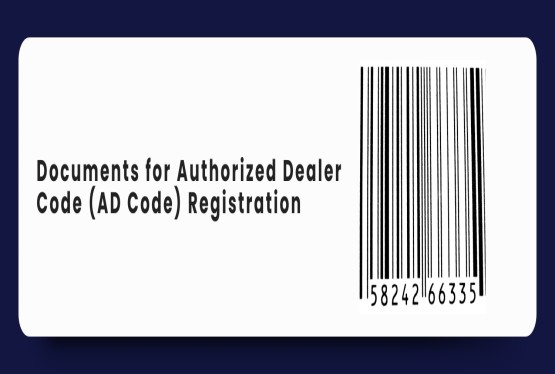







_for_Foreign_Directors_learn_crop10_thumb.jpeg)




_Act,_2015_learn_crop10_thumb.jpg)









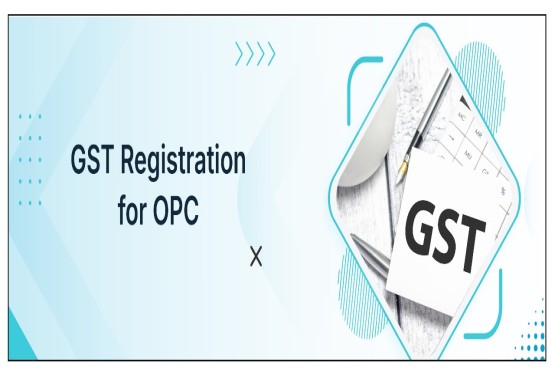
























_learn_crop10_thumb.jpg)











